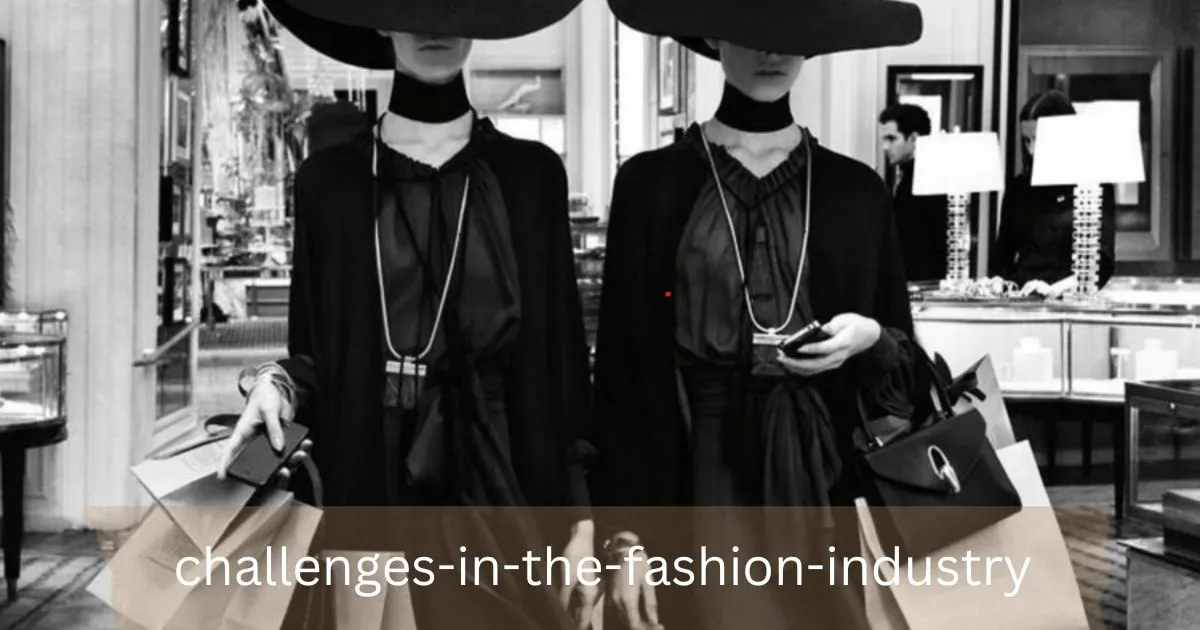Fashion designer is an exciting sector where creative creativeness and practicality integrate to layout the garments and accessories we put on daily. It calls for a mix of creativity, technical expertise together with an all-encompassing appreciation for the industry.
Have You Ever thought about who influences the recent vogues and how your preferred clothes flow in the industry? The creators of fashion emerge the brains behind all runway exhibitions and store commodities. They alter ideas into fabrications notwithstanding affecting not only personal outfits but also global societies.
Fashion Designer
Designers of fashion are creators of new clothes, shoes and other accessories; they provide drafting drawings, choose fabrics, and monitor the whole production process, working in a variety of spheres, from high fashion (haute couture) to casual wear (ready-to-wear) and everything in between. They also may design exclusively for one gender (male or female), age group (children), sportswear or category of accessory.
The Role of a Fashion Designer
Trend Research and Forecasting
Fast emblem creators have to keep pace with the trends. You have to go to shows, watch magazines, and see what the world talk about as far as dressing is concerned. The conception is then followed by creation of designs that can be sold in the future based on previous information.
Design Process
Designers kick off their designs with a concept which they would model manually or using computer-aided design software. They pick out the best textiles, colors and designs that will make them actualize their dreams. Drawing up more specific technical drawings comprising down to the last detail information is integral at this level while choosing materials that meet requirements of the design as well as money allocated for certain project_establishes the entire process.
Sample Creation and Production
After approving it, they are moved to the production stage, which involves quality control and consistency as the manufacturing process is followed carefully by the designers.
During this step, tailors and pattern makers work together closely to make sure that these ideas are interpreted correctly into a piece of clothing. Once the layout is finished, prototypes or examples are created by the designers.
Marketing and Promotion
It is very important for a designer to market their ideas. This may involve organizing fashion shows, creating lookbooks, leveraging social media platforms as well as working with influencers and fashion magazines to gain visibility.
How to Become a Successful Planner
Educational Pathways
While the inborn ability matter, with a good basis given by formal education? In such circumstances majority of designers major in fields like apparel, fabric among others but not limited. Such course offer teachings concerning vital areas like design theory, fabrics know-how and other aspects regarding garment creation or business operations)”.
Building a Strong Portfolio
During the application process, one’s skillfulness and inventiveness will be under observation especially if one has a great portfolio with drawings, completed paintings and other essential assignments meant for business presentation.
In today’s style industry people value more than anything else when they are given printed samples containing different segments of their art. That is a requirement of observing what is demanded from the employees by the customers.
Gaining Experience
While working under renowned designers or fashion houses one can learn practicalities involved in fashion design and understand the industry’s business side effectively; besides, being trained at such a place is the best way to acquire first-hand practical experience and gain some useful professional connections.
Networking
In the fashion industry, it is important to network as a professional. You can join fashion organizations, attend industry events or connect with professional on various social media platforms like instagram or linkedIn. These connections may result in jobs, partnership opportunities or mentorship chances.
Staying Updated with Trends
The fashion enterprise is dynamic and constantly transferring. Keeping up with the modern day developments and tendencies is important. Follow fashion indicates, examine industry courses, and engage with fashion groups on the internet. This ongoing learning process will enable you to keep your designs fresh and up-to-date.
Essential Skills for Clothiers
Creativity
Fashion design thrives on creativity. What successful fashion designers do is to think unconventionally and come up with brand new details for their work by opting into it from time to time. In order to define your personal style, always try experimenting with varied types of fashion lines and fabrics.
Technical Skills
Fashion design thrives on creativity. What successful outfitters do is to think unconventionally and come up with brand new details for their work by opting into it from time to time. In order to define your personal style, always try experimenting with varied types of fashion lines and fabrics.
Attention to Detail
To succeed in fashion design one must be focused on the little things. Every single area from line to fabric should be keen on making a statement about the creative piece under consideration. High quality of clothes production as well as accuracy of job is what distinguishes your work from others and at the same time it builds a name for you in this industry.
Communication
In order to cooperate successfully with others, such as colleagues, creators or customers, there is a need for effective communication. Through clear communication, one can make sure their dream comes true in the final item without any misunderstanding and resolve problems early enough.
Business Acumen
If one has to succeed in the long-term, understanding the business part of fashion is indispensable. This is entails sales, marketing as well as financial management which will assist one in growing their product.\n\nUnderstanding the business side of fashion is crucial for long-term success. This includes knowledge of marketing, sales, and financial management. A successful designer must balance creativity with commercial viability to sustain and grow their brand.
Challenges in the Fashion Industry

Staying Relevant
The fashion industry is a tough and constantly changing sector. To stay on-point, designers need to keep on evolving with times. This implies that one must have an acute sense of what is trending, in addition to being able to predict and respond to changes in consumer tastes and preferences.
Production Costs
Ensuring quality, while keeping down production costs can be a challenge. For designers, this involves finding ways to reduce costs without sacrificing their visions.; The solutions lie in proper budgeting, haggling with suppliers and at times, difficult decisions concerning raw materials or methods of production.
Sustainability
Sustainability in the fashion business is increasing important. A designer should be mindful of how his/her materials and production processes are affecting the environment. Discovering new ways of sustainable living may not always seem easy but it is necessary if they are to meet all needs from buyers who wish reduced environmental footprints in fashion business.
Consumer Preferences
Critical for success is the understanding and prediction of consumer preferences and this requires carrying out market research, getting feedback and keeping in touch with cultural and social trends. Designers have to make collections which their target audience can identify with as well as serving their requirements/goals.
Tips for Aspiring Dressmakers
- Find Your Niche: Developing expertise in a certain type or genre of dress can help one stand out when it comes to the market.
- Develop a Strong Brand: Construct a brand that mirrors the unique vision that you have while also connecting with your audience.
- Be Resilient: The Ashi Theon industry may not be a gentle field but challenges are tackled with persistence and resilience.
- Learn from Criticism: Use feedback that builds you up to enhance your designs as a creator and develop as a designer.
- Be Adaptable: Be open to fresh ideas and readily adaptable to new trends and demand from consumers
Frequently Asked Questions
- What education is needed to become a fashion designer? A famous designer degree or any relevant to the area would be advantageous.
- How do stylists predict trends? By researching , attending industry events , and keeping current on market trends .
- What is the most important skill for a planner? Imperative in my opinion is rapport and technical competence.
- How do tailors promote their work? “By using fashion shows, social media, and ad campaigns.”}, “Through fashion shows, social media, and marketing campaigns.”
- What challenges do tailors face? Competition, costs of production, and maintaining relevance.
Conclusion
To make it big as a fashion designer, one should be creative, have certain technological knowhow and possess entrepreneurial skills. Young people who want to become designers need to understand what it means to work as designers as well as follow suggestions provided in this post in order to find their way in the tough fashion world and have a successful professional life fashion designer.
You can also read post?
